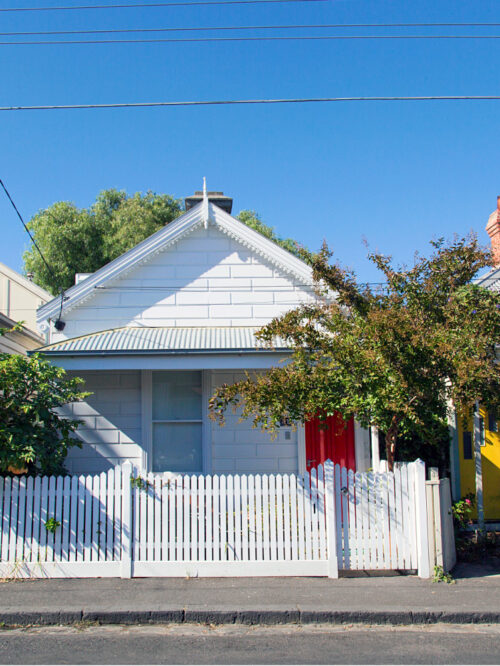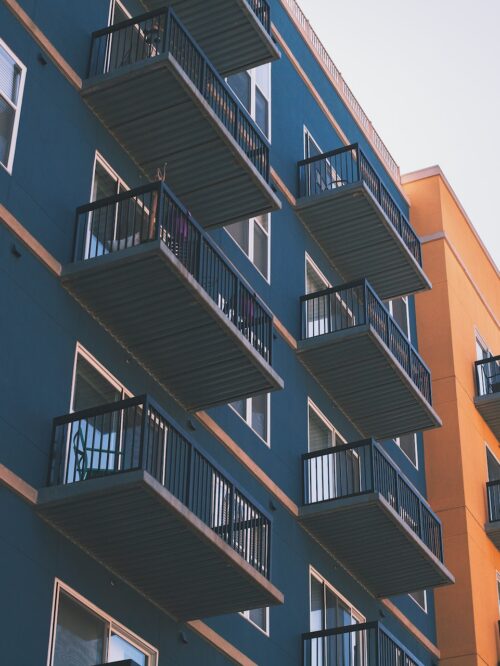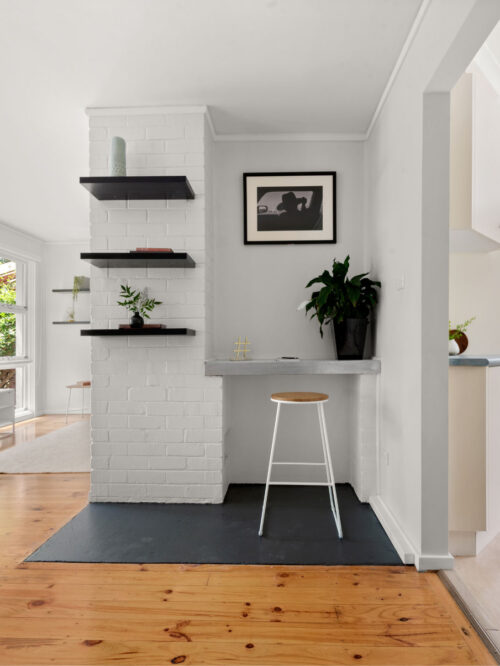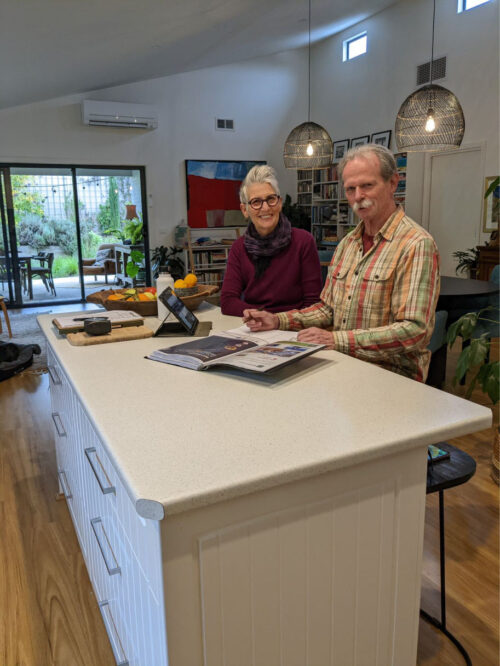CHAPTER 4: HOW TO GET OFF GAS
Slow down consumption and reduce food waste
Even if everyone switches their everything to electric and it drastically reduces our collective energy use, it will still require doubling the amount of electricity by 2050 to meet expected demand. Some of that energy goes to powering the basics, and many necessities such as hospitals, supermarkets and some of our transport, but much of it feeds a culture of excess consumption that encourages cheap and disposable goods.
Saul Griffith introduced ‘heirloom design’ in 2009. This supports ideas of lasting design, the ability to repair, and the option of being modernised as a form of slow consumption. Legislation, alternative options, and consumer pressure can encourage manufacturers to design items in a more heirloom fashion.
By slowing down our individual consumption of resources, we can find greater alignment with the rate at which our planet regenerates, and reduce the overall energy demand built into the production of each object we own. Such a shift is especially required of individuals living in wealthier countries, who have a higher rate of per capita energy consumption.
Conscious consumption
Marie Kondo’s global phenomenon of tidying and simplifying one’s home by asking the question ‘does it spark joy?’ is a form of conscious consumption. Looking at objects with the ideas of ‘do I really need it?’ and ‘what happens to it at the end of life?’ we start to consume less and value items more that can be repaired or re-used in a different way. You can also buy less clothing. You can consider joining the slow fashion movement by choosing to care for your existing wardrobe, by extending its life through repair and reuse.
Reduce food waste
The food industry is still heavily dependent on fossil fuels, especially at the manufacturing stage. Ending food waste would result in at least a 30 percent reduction in food energy use, while also resulting in the potential to regenerate land and water.








